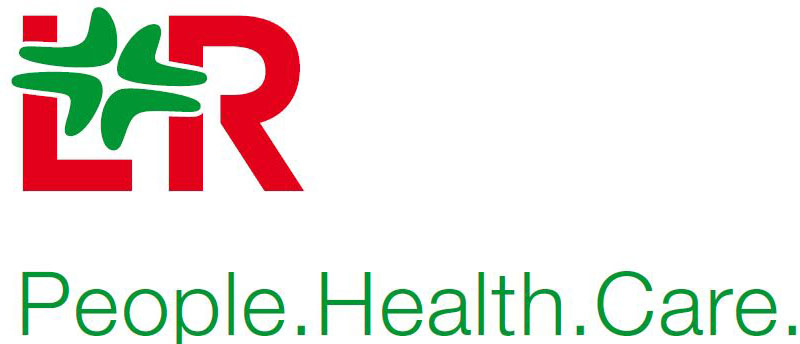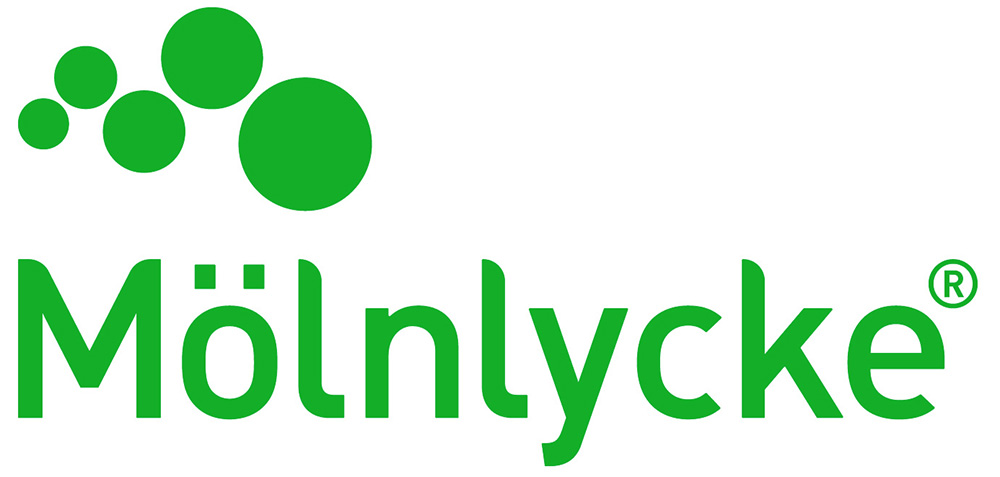Society of Tissue Viability Statement regarding the changes to pressure ulcer categorisation in England
Read the summary on the proposed changes to the categorisation of pressure ulcers in England produced by Peter Worsley, SoTV Trustee, which represents the views of the Society Trustees

Introduction
The proposed changes to the categorisation of pressure ulcers in England were discussed in the SoTV Trustees July 2024 meeting. The following summary, kindly produced by Peter Worsley, SoTV Trustee, represents the views of the Society Trustees.
The Society stands with colleagues in NHS England and our health and social care communities to innovate tissue viability practice. We acknowledge the contribution from Jacqui Fletcher and her colleagues in presenting this new method of pressure ulcer categorisation. The Society is committed to supporting practice change where benefits to care can be achieved and will work with our membership to support and refine policy, provide education, and deliver constructive feedback to these initiatives
Context
Skin and soft tissue assessment is a key component of pressure ulcer prevention, classification, diagnosis and treatment. The condition of the skin and underlying tissue can serve as an indicatory for early and late stage signs of pressure damage. Assessment of both intact and compromised skin is a fundamental part of tissue viability practice and is supported by National (NICE) and international guidelines (EPUAP, NPIAP, PPPIA, 2019).
The SoTV Trustees unanimously agree that it is important to consistently apply the same criteria by which pressure ulcers can be categorized, supported by the available evidence. This has traditionally been classified according to the amount of visible tissue loss or other contextual factors e.g. temperature, tissue consistency, skin colour and pain. The amount of tissue loss has broadly been based on the known tissue layers (epidermis, dermis, adipose tissue, muscle and bone), which is dependent on the site of the ulcer. Practice currently reflects the international standard for pressure ulcer/injury classification which includes Categories I-IV, unstageable and suspected deep tissue injury. These are applied across the United Kingdom and much of western practice, providing key benchmarking data regarding these wounds.
Reflections on the new proposed classification system
Potential benefits
- The new method of classifying pressure ulcers may simplify skin/wound assessment for clinicians. There may also be less ambiguity regarding specific types of skin changes, for example deep tissue injury.
- The new system also questions some of the historic context around deep and superficial pressure ulcers, where bony prominences typically have limited tissue coverage.
- Colleagues from SoTV strongly agree that there is a need for more anatomy training and better visual representations of pressure ulcers.
- There is also recognition that there are limitations with the current categorisation system, with both specialists and non-specialist healthcare professionals challenged to accurately diagnose pressure ulcers.
Limitations
- There is no current evidence that the proposed system is any better than the existing internationally recognised categories.
- Indeed, there appears to be limited piloting or testing of the system prior to the proposed roll out, with transparency needed regarding the outcomes/impacts of any sites which have adopted the new system.
- There are concerns over terms such as ‘vulnerable skin’, whereby clinicians may not be alerted to the serious nature of potential skin damage (compared to Suspected Deep Tissue Injury). Generalists need to have a recognised alert system to trigger care provision. There is a need to avoid any ambiguity.
- If England unilaterally changed its process for classification, this would impact with practice and shared learning across the UK and with our international colleagues.
- Any change to categorisation needs careful planning to ensure successful implementation, with education across care sectors required. Without this collective effort, its unlikely any new system will be successful.
Summary
The SoTV Trustees do not currently endorse the proposed changes based on the balance of views cited above. In order for change to occur successfully, the Trustees feel that there needs to be wider engagement across health and social care regarding the proposed plans. In addition, piloting and evidencing the benefits of change need to be established. This could then be presented to the wider national and international communities to share the benefits and gain further consensus on changing the model of classification. Without the community getting behind any proposed classification change, there is a risk that it could create further confusion between healthcare professionals and care sectors and limit our ability to benchmark improvements in care provision and patient outcomes, which underlines our aims as a Society.
The Society recognises the work that has been undertaken to create the new recommendations for pressure ulcer categorisation and are committed to working with colleagues within NHS England to support best practice. We understand the need to remove any barriers of care and ensure pressure ulcer prevention and treatment is delivered in the most effective way. We are more than happy to work with all relevant parties to address the concerns raised above, and work towards a solution that benefits not only SoTV Trustees, but also the diverse communities we serve.














